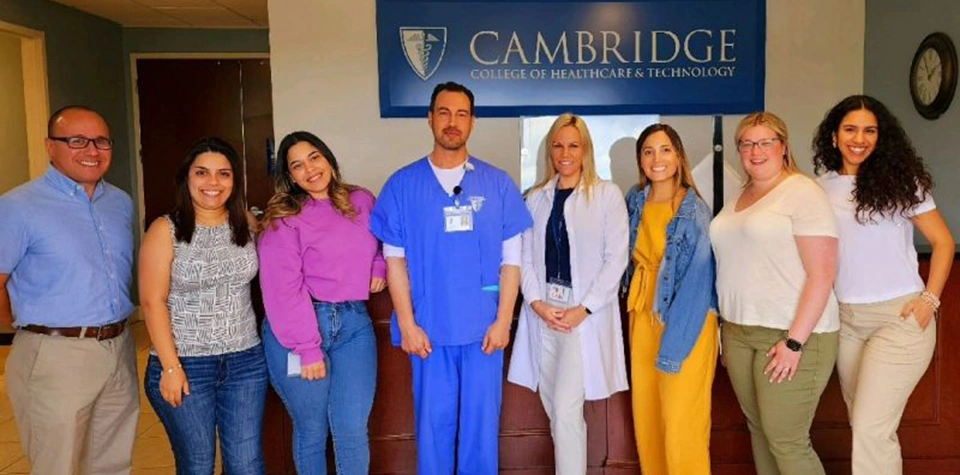Is Certification Necessary to Use an Ultrasound Machine?
Ultrasound technology was first introduced in 1895 and has since stirred up the medical realm with its unique ability to craft detailed internal images using sound waves.
Today, using an ultrasound machine is an essential skill for practitioners in the healthcare field.
This article sums up the significance of an ultrasound machine, how it assists doctors, and why you need a radiologic technologist certification.
The Role of Ultrasound Machines
The ultrasound machine is an important tool in the contemporary medical field, serving multiple purposes across various healthcare domains:
- A non-invasive glance inside the body: The primary use of an ultrasound machine is its ability to provide healthcare practitioners with a non-invasive window into the inner workings and structures of the human body. From observing the heart’s activity through an echocardiogram to inspecting the liver, kidneys, and other abdominal organs, the device allows professionals to see organs, tissues, and blood vessels and assess their functioning.
- Reliable diagnostic companion: An ultrasound machine helps diagnose multiple conditions ranging from heart-related ailments to kidney stones. Delivering crucial patient information based on ultrasound imaging speeds up the diagnostic process, helping doctors make informed medical decisions for timely treatment.
- Fetal imaging and obstetrics: An ultrasound machine provides a safe and effective method for monitoring fetal development during pregnancy, allowing health experts to examine fetal growth, position, and possible abnormalities. It also assists in confirming the pregnancy’s duration and identifying multiple embryos.
- Procedural aid: Ultrasound technology guides surgeons during certain procedures like needle biopsies, providing live imaging to ensure precise positioning and execution. It can facilitate the accurate drainage of fluids or direct therapeutic minimally invasive procedures where real-time imaging can help prevent potential complications.
- The safety factor: One of the most compelling arguments for the use of ultrasound machines is the safety factor. Because it uses sound waves to craft internal images, it provides a safer alternative, especially for people who require frequent imaging, or for vulnerable populations like pregnant women and children.
Why Pursue a Radiologic Technologist Certification?
Radiologic technologist certification signifies a thorough understanding of anatomy, physics, patient care, and the safe operation of imaging equipment.
While certification isn’t mandatory, opting for one can significantly impact your career trajectory in healthcare.
Here’s why:
Take the Leap with Cambridge College of Healthcare & Technology
The journey to becoming a certified radiologic technologist starts at Cambridge College of Healthcare & Technology.
Our course empowers you with in-depth theoretical knowledge blended with practical training to shape you into a competent and highly sought-after professional in the healthcare sector.
With guidance from our proficient faculty, you can unravel the mystery of the human body using sophisticated technology. Visit our program page today and redefine your future in healthcare with our radiologic technologist program.
More On:


